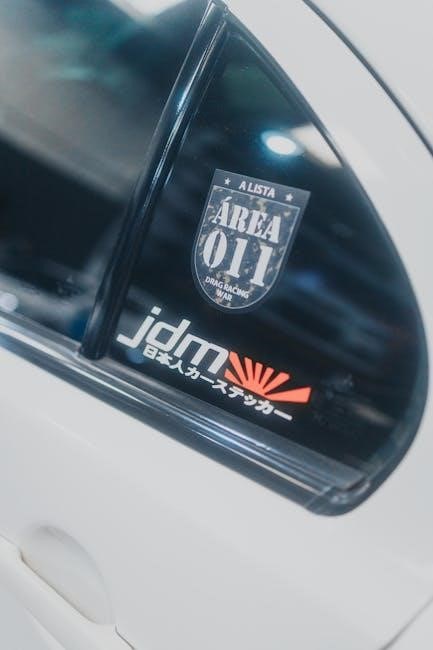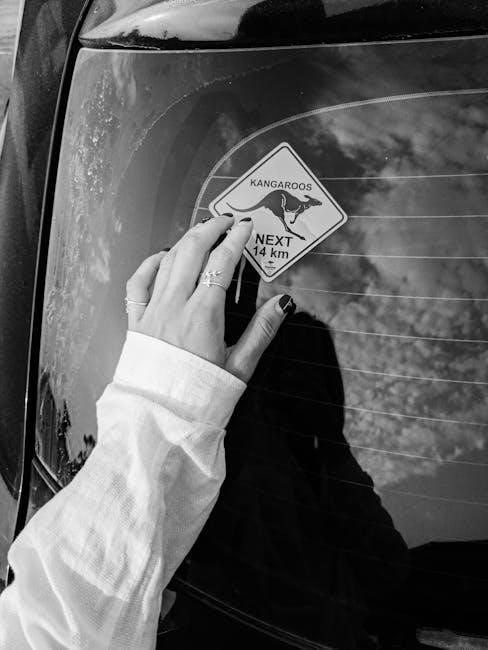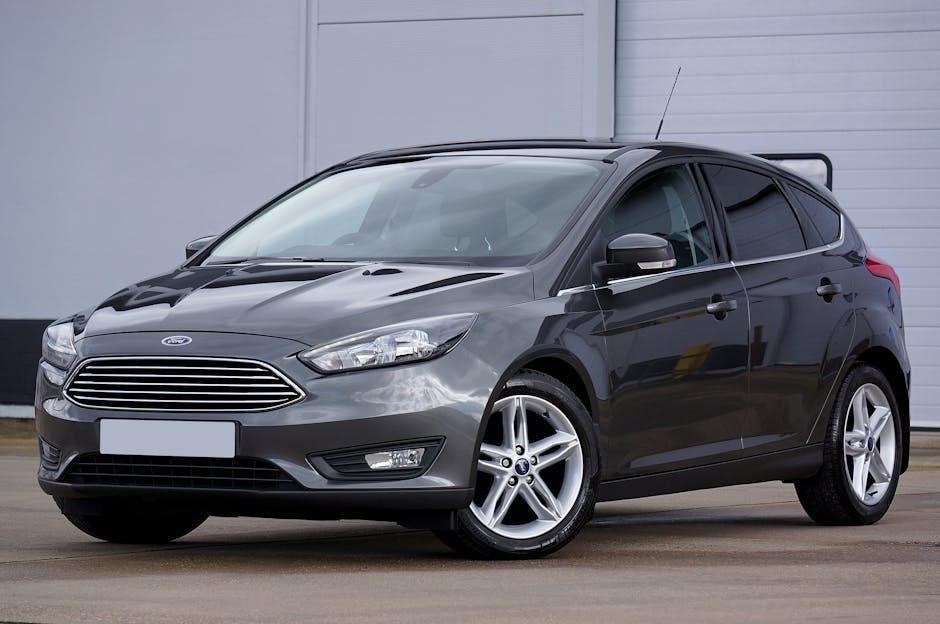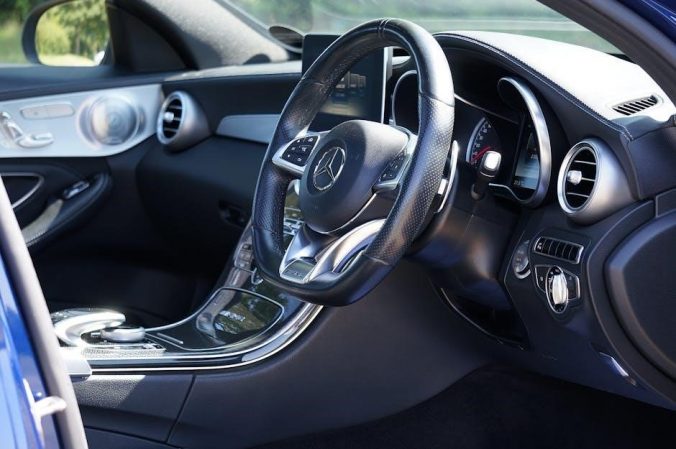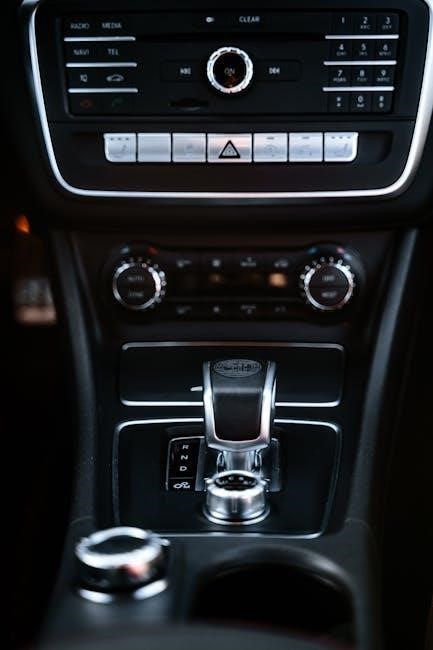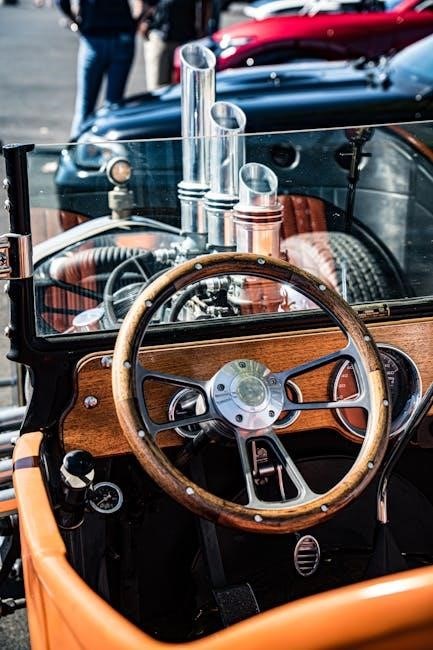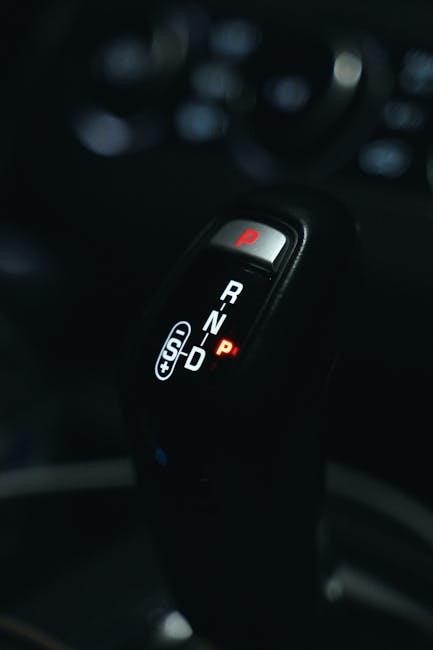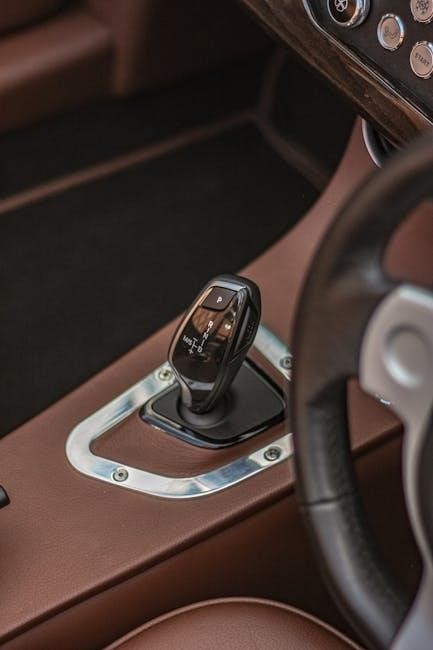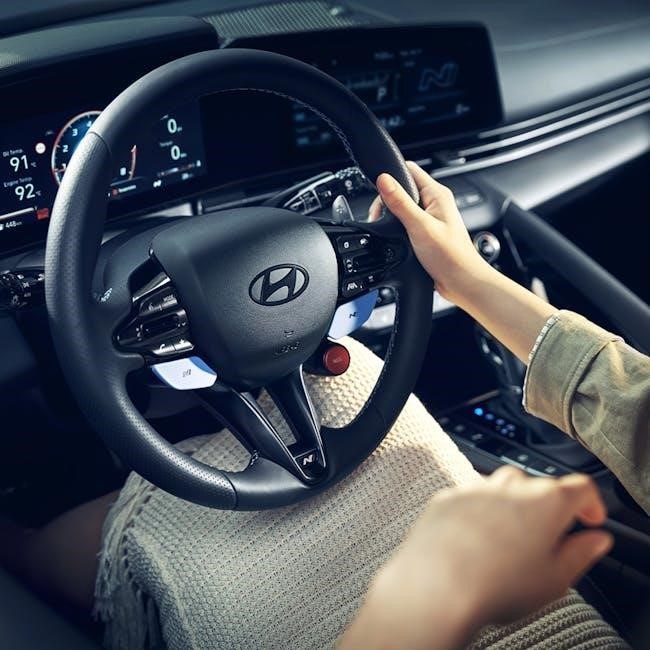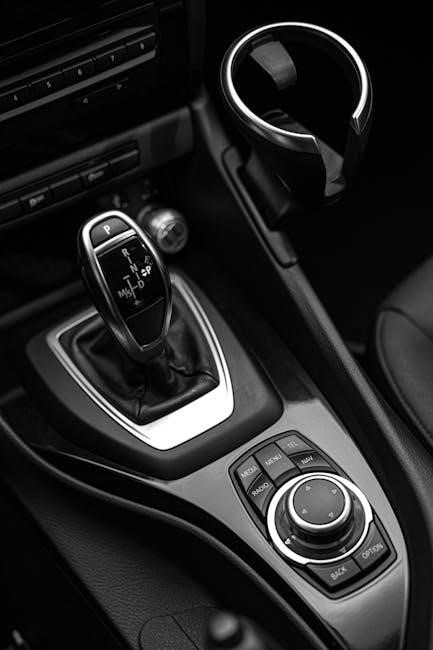The Nikon D3100, a compact DSLR, builds upon the success of the D3000 series, offering user-friendly features and improved performance for aspiring photographers.
This camera, released alongside the D7000, aims to be Nikon’s most accessible entry-level DSLR, shaking up the market with its ease of use and affordability.
It shares similarities with the Nikon Coolpix P100, yet delivers the quality and versatility expected from a dedicated digital SLR camera system.
What is the Nikon D3100?
The Nikon D3100 is a Digital Single-Lens Reflex (DSLR) camera designed as an entry point into the world of professional-quality photography. Released as a successor to the D3000 series, it maintains a relatively small form factor while incorporating a comfortable, chunky grip for enhanced handling during handheld shooting.
Positioned as a more affordable alternative to Canon’s offerings like the EOS 350D and 400D, the D3100 aimed to recapture market share in the budget DSLR segment, reminiscent of the success enjoyed by the Nikon D40 and D40x. It’s built to be incredibly user-friendly, making it ideal for beginners eager to learn the fundamentals of DSLR photography without being overwhelmed by complex controls. The camera offers a blend of automated features and manual control options, allowing users to grow their skills over time.
Key Features and Specifications

The Nikon D3100 boasts several key features that contribute to its appeal. While specific detailed specifications aren’t fully outlined in the provided text, it’s clear the camera represents a significant step forward in usability for Nikon’s entry-level DSLR line. It builds upon the foundation laid by previous models, like the D3000, offering improvements in both performance and ease of operation.
The camera’s compact size is noteworthy, yet the inclusion of a substantial grip enhances handling. It’s positioned as a competitor to Canon models, aiming for a balance between affordability and quality. The D3100’s release alongside the more advanced D7000 indicates Nikon’s commitment to catering to a wide range of photographers, from beginners to enthusiasts.
Target Audience: Who is this camera for?
Based on available information, the Nikon D3100 is primarily targeted towards individuals new to DSLR photography. Nikon explicitly positions it as their “most simple to use” digital SLR, suggesting a focus on accessibility for beginners. The camera’s affordability and user-friendly design make it an attractive option for those transitioning from point-and-shoot cameras or considering their first interchangeable lens system.
It’s also suitable for hobbyists seeking a lightweight and capable camera for casual shooting. While the D7000 caters to more experienced photographers, the D3100 fills a crucial niche for those wanting a quality DSLR without overwhelming complexity. Essentially, it’s designed for anyone wanting to step up their photography game without a steep learning curve.

Getting Started: Initial Setup
To begin, ensure proper battery and memory card insertion before charging the battery. Subsequently, set the correct date, time, and preferred language settings.
Inserting the Battery and Memory Card
Beginning with the battery, locate the battery compartment on the bottom of the Nikon D3100. Gently slide the battery door latch to open it. Insert the battery, ensuring the contacts align correctly, and push it in until it clicks into place. Securely close the battery compartment door.
Next, insert the memory card. The D3100 supports SD and SDHC cards. Locate the memory card slot, typically near the battery compartment. Open the card slot cover and carefully insert the card, label-side up, until it clicks. Gently push it in until it locks. Close the memory card slot cover.
Important Note: Always power off the camera before inserting or removing the battery or memory card to prevent data corruption or damage to the camera.
Charging the Battery
To charge the Nikon D3100’s battery, connect the AC adapter to the camera and a wall outlet. A charging indicator lamp on the camera will illuminate, typically red, to indicate charging is in progress.
Charging time varies depending on the battery’s current charge level, but a fully depleted battery typically takes several hours to charge completely. The charging indicator will usually change color, often to green, when the battery is fully charged.
Important Considerations: Only use the supplied Nikon battery charger and AC adapter. Avoid using third-party chargers, as they may damage the battery or camera. Do not interrupt the charging process until the indicator shows a full charge.
Setting the Date, Time, and Language
Upon initial setup, the Nikon D3100 requires you to set the correct date, time, and preferred language. This is crucial for accurate timestamping of your photos and proper camera operation.
Access the setup menu through the camera’s menu system. Navigate to the settings related to date/time and language. You’ll typically use the directional pad and OK button to make selections.
Enter the current date and time carefully, ensuring the correct format (MM/DD/YYYY or DD/MM/YYYY depending on your region). Select your desired language from the available options. Confirm your settings to save them. Accurate settings are vital for organizational purposes.

Understanding the Camera Controls
Familiarizing yourself with the Nikon D3100’s controls – the mode dial, buttons, and dials – is essential for navigating the menu system and shooting effectively.
The Mode Dial: Exploring Shooting Modes
The Nikon D3100’s mode dial is your primary gateway to different shooting scenarios. Understanding each mode unlocks the camera’s full potential, allowing for creative control or simplified operation. Auto modes, like Flash-off Auto, Auto, and Scene modes, are perfect for beginners, handling settings automatically.
However, venturing into the more advanced modes – Program (P), Aperture-priority (A), Shutter-priority (S), and Manual (M) – grants you direct control over key parameters. Program mode offers a balance, while Aperture-priority lets you adjust depth of field. Shutter-priority controls motion blur, and Manual mode provides complete customization. Experimenting with these modes is crucial for mastering photography with the D3100.
Navigating the Menu System
The Nikon D3100’s menu system, accessed via the ‘Menu’ button, is logically organized into several tabs: Shooting, Recording, Setup, and Custom Settings. Each tab contains numerous options for customizing the camera’s behavior. Familiarizing yourself with this structure is key to unlocking advanced features.
Use the directional pad to navigate through the menus and the ‘OK’ button to select options. The ‘?’ button provides helpful on-screen explanations for each setting. Don’t be afraid to explore! While initially daunting, the menu system allows precise control over image quality, white balance, and various camera functions. Refer to the comprehensive manual for detailed explanations of each option.
Understanding the Buttons and Dials
The Nikon D3100 features a relatively straightforward control layout. The Mode Dial, prominently positioned on top, selects shooting modes like Auto, Scene, and Manual. The directional pad navigates menus and selects focus points. The ‘OK’ button confirms selections, while the ‘?’ button offers helpful on-screen guidance.
A dedicated button accesses Live View, and the ‘i’ button provides quick access to frequently used settings. The camera boasts a chunky right-hand grip, enhancing handling during handheld shooting. Mastering these controls, detailed in the manual, is crucial for efficient operation and creative control. Experiment with each button to understand its function.

Shooting Basics: Capturing Your First Photos
Beginner photographers will appreciate the D3100’s user-friendly design, allowing for quick capture of images using Auto mode and exploring various Scene modes.
Focusing Techniques: Auto and Manual Focus
The Nikon D3100 offers a range of focusing options to suit different shooting scenarios. Auto Focus (AF) is the default and most convenient method, utilizing the camera’s autofocus system to quickly and accurately lock onto your subject. The camera typically employs an 11-point AF system, providing coverage across the frame.
For simpler compositions, Single-point AF allows precise selection of the focus area. Continuous-servo AF (AF-C) is ideal for tracking moving subjects, while AF-S is best for stationary objects. Understanding these modes is crucial for sharp images. While the D3100 primarily relies on autofocus, exploring manual focus can be beneficial in challenging lighting or when precise control is needed, though it requires more practice.
Understanding Aperture and Shutter Speed
Aperture and shutter speed are fundamental to controlling exposure and creative effects on the Nikon D3100. Aperture, measured in f-stops (e.g., f/2.8, f/8), controls the lens opening, influencing depth of field – the area in focus. A wider aperture (lower f-number) creates a shallow depth of field, ideal for portraits, while a narrower aperture (higher f-number) maximizes sharpness throughout the scene.
Shutter speed, measured in seconds or fractions of a second (e.g., 1/200s, 1s), determines how long the camera’s sensor is exposed to light. Faster shutter speeds freeze motion, while slower speeds allow more light in but can result in motion blur. Mastering the interplay between these two settings is key to achieving well-exposed and visually compelling photographs.
ISO Settings: Managing Light Sensitivity
ISO settings on the Nikon D3100 control the camera’s sensitivity to light. A lower ISO (e.g., ISO 100) produces cleaner images with less noise, ideal for bright conditions. However, in low light, a higher ISO (e.g., ISO 3200) is necessary to capture a properly exposed image.
Increasing the ISO amplifies the signal, but also introduces digital noise – graininess that degrades image quality. The D3100 allows you to balance sensitivity and noise. Experiment to find the highest usable ISO setting for your shooting conditions, prioritizing lower ISOs whenever possible to maintain optimal image clarity and detail.

Advanced Shooting Techniques
Explore creative effects and scene modes on the Nikon D3100 to enhance your photography, alongside video recording capabilities for diverse content creation.
Using Scene Modes for Specific Situations
The Nikon D3100 offers a variety of Scene Modes designed to simplify shooting in challenging or specific conditions. These pre-programmed settings automatically adjust camera parameters for optimal results, eliminating guesswork. Common modes include Portrait, Landscape, Close-up, Sports, and Night Portrait.
For portraits, the camera prioritizes a shallow depth of field, blurring the background and emphasizing the subject. Landscape mode maximizes depth of field, ensuring sharpness throughout the scene. Close-up mode is ideal for macro photography, capturing intricate details. Sports mode utilizes a faster shutter speed to freeze motion, while Night Portrait balances flash with a slower shutter speed for well-lit subjects against a dark background. Experimenting with these modes allows users to quickly adapt to different shooting scenarios and achieve professional-looking results without extensive manual adjustments.
Exploring Creative Effects
The Nikon D3100, while beginner-friendly, doesn’t limit creative expression. Beyond Scene Modes, the camera allows for exploration of artistic effects. Though not as extensive as some models, users can manipulate settings like white balance and Picture Control to alter the mood and style of their images.
Experimenting with different Picture Control settings – Standard, Vivid, Neutral, Portrait, and Monochrome – provides instant stylistic variations. Adjusting white balance allows for warmer or cooler tones, influencing the overall feel of a photograph. While dedicated filters are absent, understanding aperture and shutter speed provides control over depth of field and motion blur, enabling creative compositions. These tools empower photographers to move beyond automatic settings and develop a unique visual signature.
Shooting Video with the D3100
The Nikon D3100 offers video recording capabilities, though it’s important to understand its limitations. The camera supports Full HD (1080p) video at 24 frames per second, providing decent quality for basic video projects. However, autofocus during video recording is contrast-detect based, meaning it can be slower and less accurate than the phase-detection autofocus used for stills.
Manual focus is recommended for smoother, more controlled results. The D3100 lacks an external microphone input, so audio quality relies on the built-in microphone. Shorter recording clips are enforced due to file size limitations. Despite these constraints, the D3100 can capture memorable video moments, especially when utilizing good lighting and careful focusing techniques.

Understanding Image Quality and Settings
The Nikon D3100 allows customization of image quality through size, resolution, white balance, and Picture Control settings, tailoring images to your preferences.
Image Size and Quality Options
The Nikon D3100 offers a range of image size and quality settings to balance file size and detail. You can choose from Large, Medium, and Small image sizes, impacting the resolution of your photographs.
Within each size, you can select different JPEG compression levels – Fine, Normal, or Basic. Fine provides the highest quality with larger file sizes, while Basic offers the smallest files with some compression artifacts.
RAW format is also available for maximum editing flexibility, capturing all the data from the sensor. Selecting the appropriate settings depends on your intended use; high-resolution JPEGs are suitable for prints and detailed viewing, while smaller JPEGs are ideal for web sharing or when storage space is limited.
Experimenting with these options allows you to optimize image quality based on your specific needs and preferences.
White Balance: Achieving Accurate Colors
The Nikon D3100’s white balance settings are crucial for ensuring accurate color reproduction in your photos. Different light sources emit varying color temperatures, impacting how colors appear in images.
The camera offers several preset white balance modes, including Auto, Incandescent, Fluorescent, Direct Sunlight, Flash, Cloudy, and Shade. Auto white balance generally performs well, but specific presets can improve accuracy under challenging lighting conditions.
For precise control, you can use the Custom white balance setting, allowing you to manually set the white balance based on a white or gray card. This ensures colors are rendered naturally and faithfully, avoiding unwanted color casts.

Understanding and utilizing white balance is key to achieving professional-looking results.
Picture Control Settings: Customizing Your Look
The Nikon D3100 features Picture Control settings, allowing you to personalize the appearance of your images directly within the camera. These presets influence sharpness, contrast, brightness, saturation, and hue.
Available options include Standard, Neutral, Vivid, Monochrome, Portrait, Landscape, and Flat. Standard provides a balanced look, while Vivid enhances colors for a more vibrant result. Portrait softens skin tones, and Landscape boosts blues and greens.
You can further refine these presets by adjusting individual settings within each Picture Control. This level of customization enables you to achieve a unique visual style without post-processing.
Experimenting with Picture Controls is a great way to develop your photographic vision.
Maintenance and Troubleshooting
Regular maintenance, including sensor cleaning, ensures optimal performance of your Nikon D3100. Addressing common issues and keeping firmware updated are also crucial.
Cleaning the Sensor
Maintaining a clean sensor is vital for image quality with your Nikon D3100. Dust particles can appear as spots in your photos, especially at smaller apertures. While the camera has a built-in sensor cleaning function, it may not always remove all debris.
For more thorough cleaning, consider using a blower to gently remove loose dust. Avoid touching the sensor directly. If necessary, specialized sensor cleaning kits with swabs and cleaning fluid are available, but proceed with extreme caution, following the kit’s instructions meticulously. Incorrect cleaning can damage the sensor.
It’s generally recommended to have the sensor professionally cleaned if you’re uncomfortable performing the task yourself, or if the dust is particularly stubborn. Regular preventative maintenance will minimize the need for frequent deep cleaning.
Troubleshooting Common Issues
Encountering problems with your Nikon D3100? Several issues are commonly reported. If the camera won’t turn on, ensure the battery is fully charged and correctly inserted. For blurry images, verify proper focusing techniques and sufficient light. Check your shutter speed and aperture settings.
If images appear dark, increase the ISO or adjust exposure compensation. Memory card errors can often be resolved by reformatting the card within the camera’s menu. If the menu system freezes, try resetting the camera to its factory defaults (refer to the full manual for instructions).
Finally, ensure you have the latest firmware installed to address potential bugs and improve performance. Regularly checking Nikon’s support website for updates is recommended.
Firmware Updates: Keeping Your Camera Current
Maintaining your Nikon D3100’s performance relies on keeping its firmware up-to-date; Firmware updates address potential bugs, enhance compatibility, and sometimes even introduce new features. Regularly check Nikon’s official support website for available updates specifically for the D3100 model.
The update process typically involves downloading the firmware file to a formatted memory card, inserting the card into the camera, and following the on-screen instructions. Crucially, do not interrupt the update process as this could damage the camera’s internal systems.
Always refer to the detailed instructions provided by Nikon alongside the firmware download to ensure a smooth and successful update. A current firmware version contributes to optimal camera functionality.

Accessories for the Nikon D3100
Expand your D3100’s capabilities with compatible lenses, external flashes for improved low-light shots, and sturdy tripods for stable image capture and video recording.
Lenses: Expanding Your Photographic Options
The Nikon D3100 utilizes the Nikon F mount, opening a vast world of lens possibilities beyond the kit lens typically included. Exploring different lenses dramatically expands your creative control and photographic potential. Consider Nikon’s DX-format lenses, specifically designed for cameras with APS-C sensors like the D3100, offering a lighter weight and more affordable price point.
For wider scenes and landscapes, a wide-angle lens is ideal. Telephoto lenses bring distant subjects closer, perfect for wildlife or sports photography. Macro lenses allow for incredibly detailed close-up shots. Don’t overlook third-party lens manufacturers like Sigma and Tamron, which offer compelling alternatives with various features and price ranges. Researching lens specifications and reading reviews will help you choose the best options to complement your shooting style and budget.
External Flashes: Improving Low-Light Performance
The built-in flash on the Nikon D3100 is useful, but an external flash unit unlocks significantly improved low-light photography capabilities. External flashes provide more power, allowing you to freeze motion and illuminate larger areas; They also offer greater control over light direction, enabling creative lighting techniques like bounce flash – directing the light off a ceiling or wall for softer, more natural results.

Nikon’s Speedlights are designed to seamlessly integrate with the D3100, offering features like i-TTL flash control for accurate exposures. Consider a flash with a tilting and swiveling head for maximum versatility. While more expensive, these units provide a substantial upgrade in image quality and creative possibilities when shooting in challenging lighting conditions.
Tripods and Other Support Equipment
To maximize image sharpness, especially in low light or when using slower shutter speeds with your Nikon D3100, a sturdy tripod is invaluable. A tripod minimizes camera shake, crucial for landscapes, long exposures, and detailed close-ups; Look for a tripod with a fluid head for smooth panning and tilting when shooting video.
Beyond tripods, consider a monopod for added stability while maintaining portability. Remote shutter releases, either wired or wireless, further reduce camera movement during exposures. Beanbags or other improvised supports can also be helpful in situations where a tripod isn’t practical. Investing in quality support equipment enhances overall image quality and creative control.




